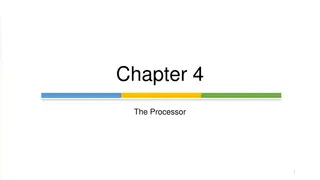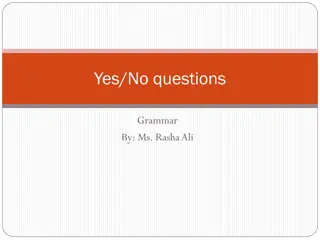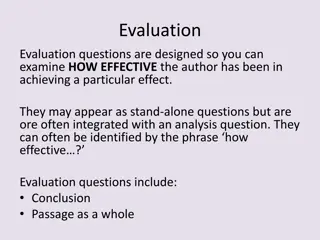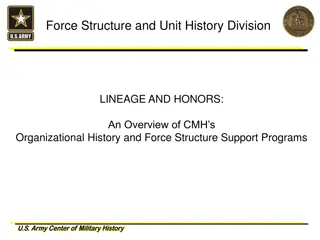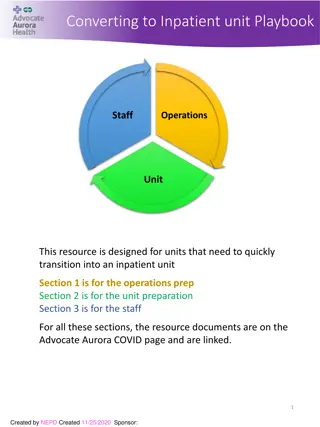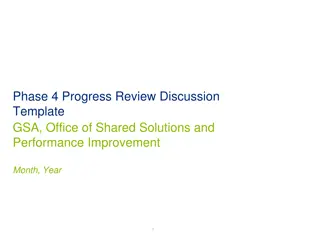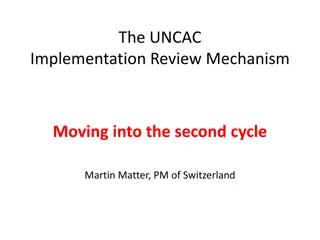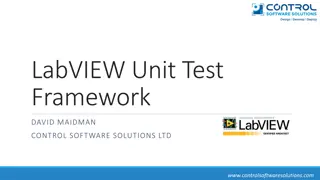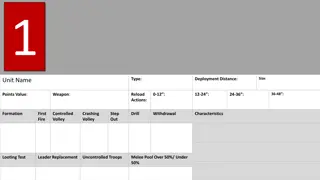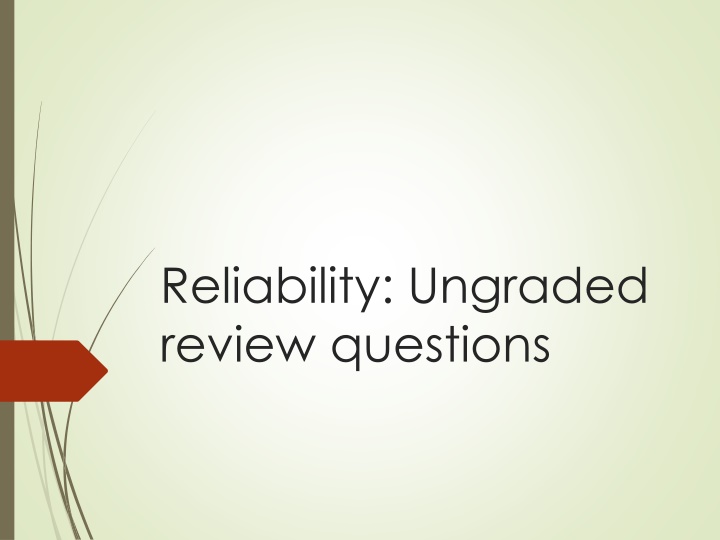
Reliability in Testing: Review Questions Answered
Dive into the world of reliability in testing with these review questions covering concepts like internal consistency, Cronbach Alpha, test-retest reliability, and more. Test your knowledge and learn key insights into measuring the reliability of assessments.
Download Presentation

Please find below an Image/Link to download the presentation.
The content on the website is provided AS IS for your information and personal use only. It may not be sold, licensed, or shared on other websites without obtaining consent from the author. If you encounter any issues during the download, it is possible that the publisher has removed the file from their server.
You are allowed to download the files provided on this website for personal or commercial use, subject to the condition that they are used lawfully. All files are the property of their respective owners.
The content on the website is provided AS IS for your information and personal use only. It may not be sold, licensed, or shared on other websites without obtaining consent from the author.
E N D
Presentation Transcript
Reliability: Ungraded review questions
Show me your fingers Do not shout out the answer, or your classmates will follow what you said. Use your fingers One finger (the right finger) = A Two fingers = B Three fingers = C Four fingers = D No finger = I don t know. I didn t study
Which of the following statements is true? A. Reliability is a necessary and sufficient condition for validity. B. Internal consistency utilizes the same form of a test on two or more separate occasions for the same group of examinees. C. Cronbach Alpha, KR20, and Split half are measures of internal consistency. D. All are true.
Which of the following statements is true? A. Raw Cronbach Alpha is based on item correlation. B. Standardized Cronbach Alpha is based on item covariance. C. When the sample size is big, Cronbach Alpha is no longer a good indicator of reliability. D. All of the above
Which of the following is true? A. If the Cronbach Alpha is high (e.g., 0.9), then the scale is uni-dimensional. B. Both Pearson s r and ICC are equally good for measuring test-retest and inter-rater reliability. C. The Kappa coefficient is used for categorical data. D. All are true.
Which of the following statements is true? A. In ICC s model, two-way random means that both the raters and the students are randomly chosen. B. In ICC s type, consistency is a better choice than absolute agreement. C. In ICC s model, we can choose either two-way random or two-way mixed. D. All are true.
Which of the following is true? In the equation Y = T + E A. E represents sampling errors. . B. The equation is derived from the true score theory. C. The relationship between Y and T should be weak. D. All are true





